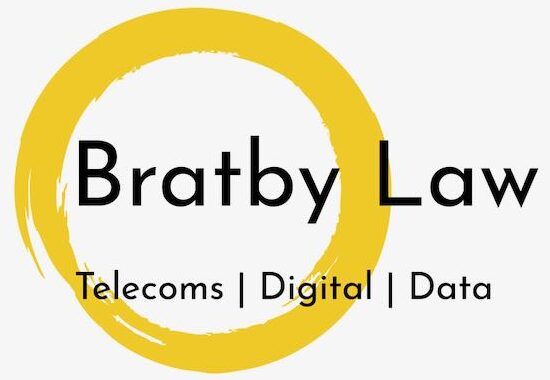Trying to write an interesting blog about the intersection of law, policy and regulation with telecoms and technology is somewhat challenging. Three posts in and I seem to be relying on references to popular culture to pep things up – this time 1970s disco.
The use of stored value in the form of money is the cornerstone of a market economy and when governments forget about this, the consequences for their citizens can be frightening – witness Weimar Germany and more recently Zimbabwe. On a more positive note, perhaps one of the biggest changes I have seen in the market over the last couple of years is rapidly increasing market activity in an area best described as ‘digital money’.
In my head, I find that using a conceptual model as structure to anchor the detail is helpful. For ‘digital money’ I visualise digital money as being the area of overlap in a Venn diagram which has:
- traditional banks, including credit cards, in one circle;
- mobile operators and their billing systems, including SMS and premium rate payment mechanisms, in another; and
- the last circle being internet payment services such as paypal.
Of course, this model oversimplifies and products such as contactless payment (such as Oyster), e-wallets (such as payWave) and payment for virtual goods (how do you work our whether a virtual tractor is of satisfactory quality?) don’t neatly fit into this categorisation. However, the model is useful as participants’ starting positions bring with them a series of implicit contextual assumptions about how the industry works that (to take the example of mobile companies and retail banks) can radically differ. As a result, competition in some of these areas of overlap is fierce with multi-dimensional competition around product propositions rather than being primarily about price (examples of the latter being credit card interest rates or percentages of SMS outpayments).
The response of governments and regulators, as in other areas, has not always kept pace with the speed of innovation in this area. Within Europe the Payment Services Directive has opened up access to electronic payment systems as well as facilitating intra-EU cross-border payments, however for players outside the traditional financial services industry authorisation as a payment institution can be a daunting prospect. In much the same way that telecommunications (or electronic communications) regulation worries internet businesses crossing over to compete with ‘traditional’ carriers, regulators sometimes underestimate the ‘fear-factor’ of unfamiliar regulation to new market entrants.
Similarly, whilst rules are in place to faciliate e-money (used here with its narrow regulatory meaning) many businesses structure their commercial offerings to fall outside the scope of regulated e-money, or given the limitations involved in only offering e-money have instead partnered with authorised partners or taken the plunge into a deep bath of regulatory compliance to become authorised as banks.
What is clear is the increasing demand for micro-payment systems that work across a variety of platforms. For some years (and to the despair of the music industry), it seemed as if the internet would struggle to break free from its roots, where everything was shared without payment, to become a sustainable ecosystem where value would be paid for. However, the launch of iTunes, and more recently the iPhone and iPad has seen a shift in consumer expectation and behaviours where payment (provided it is both convenient and set at the right level) is starting to become the norm.
There are lots of ideas in today’s blog, but as with yesterday’s post I will come back and explore these in more detail in future posts.
